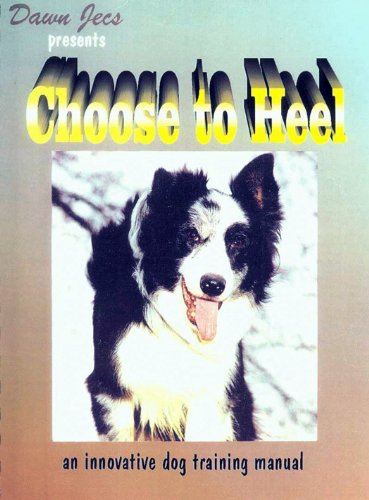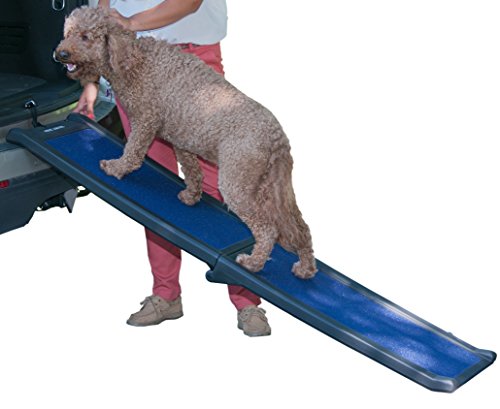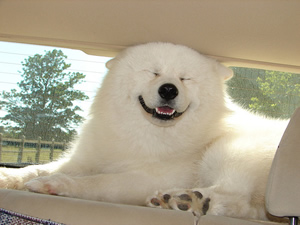Not another dog training article I hear you say!
You are right, but in this article I will hopefully divulge a few hidden secrets that will ultimately help you train your aggressive dog.
Unruly dogs that frighten, upset or show aggression towards people you care about, people you meet on the street or people who visit your home can bring you more problems then you know. Having your life controlled by your dog's behaviour is definately not on. It is a worry for the whole family concerned and it causes a real strain on relationships. It is not right for your sake as well as your dogs.
In nearly every case of aggressive dogs known there will be common reasons that explain why they show signs of aggression like feeling extreme stress, anxiety or the need to control.. This can result in the dogs constant need to bark, unwanted toileting in the house and the snapping and snarling at strangers. All highly sensitive displays.
This is a terrible way for you and your dog to live. Most aggressive dogs are so because of their need to protect and serve their owners. Their way of showing affection develops into this compulsive desire to control their surroundings. Their behaviour gets worse as the owner, at the end of their tether, consistently constrains their dog and tells them off. This consequence of always reminding their dog they are bad, will damage your dogs confidence and shatter their remaining esteem which results in even worse behaviour. It is important to stop that cycle of reprimanding them all the time and start a cycle which is based on love, respect and rewards.
I know most owners would want a loving and well balanced relationship with their dogs and for their dog to be obedient so I have listed below a few ways you can help improve your dogs behaviour. It is important to keep this training up for however long it takes for your dog to be good.
1. When a dog latches onto their owner and does not allow anyone to come near, get in the habit of ignoring the dog. If you are on a bed, move the dog off. If you are standing in a room turn away. Do not look into the dogs eyes and remain calm. Do not show signs of fear, agitation or any other displays that will concern the dog and try to be still in the process. Work with a family member or a friend that you know the dog does not like. When the dog stops barking and pulling away from you quickly reward him and tell him he is a good boy. (Or girl of course) Repeat this process a few times until the dog clicks. Dogs are renowned for learning fast.
2. When people come to the door and presses the doorbell or knocks, walk calmly to the door. Open the door, greet your friend and ignore your dog if they are barking. Obviously do this with a good friend again. Remain calm. However, if the dog does not stop barking ask your friend to leave, keeping on ignoring your dog, close the door and walk back into the room. Again, not looking at your dog. Repeat the process until the dog stops barking. Ideally you should pick your dog up and place him at the lounge door and leave him there. Do not let him follow you to the front door. When the dog stops barking and is not chasing your friend, quickly greet him and reward him.
3. When walking in the street, use a restraining lead that covers the head area. The dog will find it hard to pull away as the head will jolt back into position. It is not cruel as it is used on dogs to control their behaviour and it does not hurt them. When your dog sees or approaches another dog or person who they bark at. Stop immediately. Say 'Heel" then turn abrubtly around and start walking back. Do this until the dog forgets and stops barking. When he is being good turn back around. If they continue to pull or get aggressive again repeat the process and Stop. Turn around. Your dog will soon learn a better behaviour.
4. If your dog is wetting themselves or toileting in your home it usually a sign of anxiety when being left by their owner. Get your dog more independant again and start closing them in a room for a while. Start this process for doing it just for a few seconds. Repeat this until you have accumulated longer pauses on their own. Do not give rewards to your dog as the idea is keeping your dog calm when you leave them alone. Practice going out of the house as well but in the beginning keep the periods of time short. Do not forget to remain calm and ignore your dog. It is also a good idea for your dog to start sleeping downstairs or in another room. Another great way of learning independance.
I hope you learned a little something from this article. I sincerely hope your dog and you continue to have a good and loving life together.

 Are Choke Collars Safe?
You see chokers everywhere-
Are Choke Collars Safe?
You see chokers everywhere-
 Natures Variety Instinct Raw Dog Food: Best Choice for Your Treasured Pet
Instinct Raw Dog FoodOne of
Natures Variety Instinct Raw Dog Food: Best Choice for Your Treasured Pet
Instinct Raw Dog FoodOne of
 Dog Stairs and Dog Ramps
My dog Sasha is almost 12 ye
Dog Stairs and Dog Ramps
My dog Sasha is almost 12 ye
 Dog Fear of Thunder and Loud Noises
My dog did not start out sca
Dog Fear of Thunder and Loud Noises
My dog did not start out sca
 Adventures with Your Dog: 23 Ways To Spend Quality Time With Your Pooch!
23 Great Adventures With Your Dog
Its important to spend
Adventures with Your Dog: 23 Ways To Spend Quality Time With Your Pooch!
23 Great Adventures With Your Dog
Its important to spend